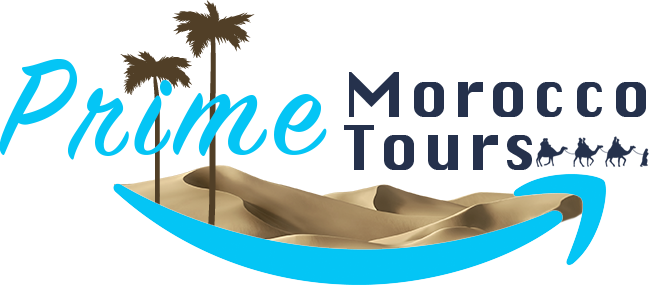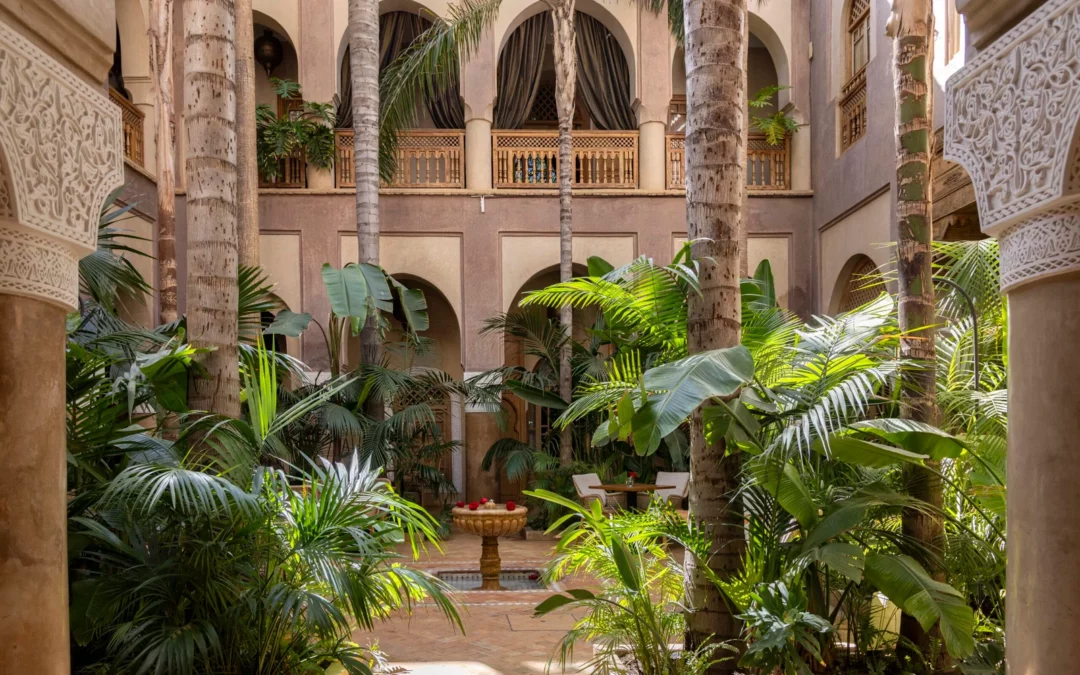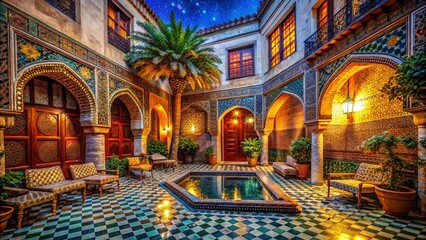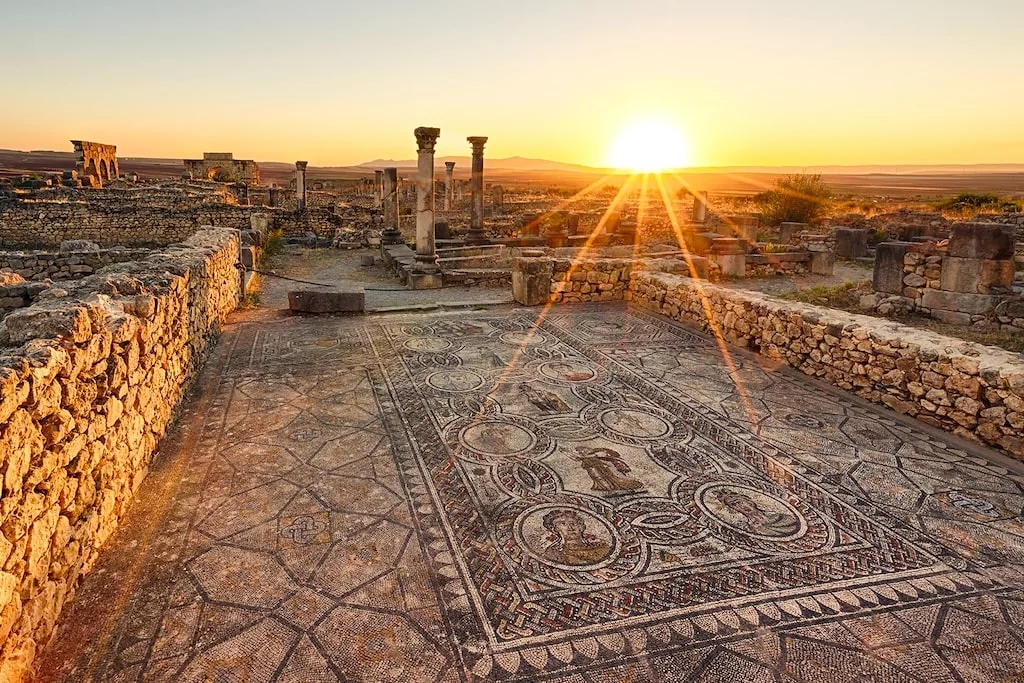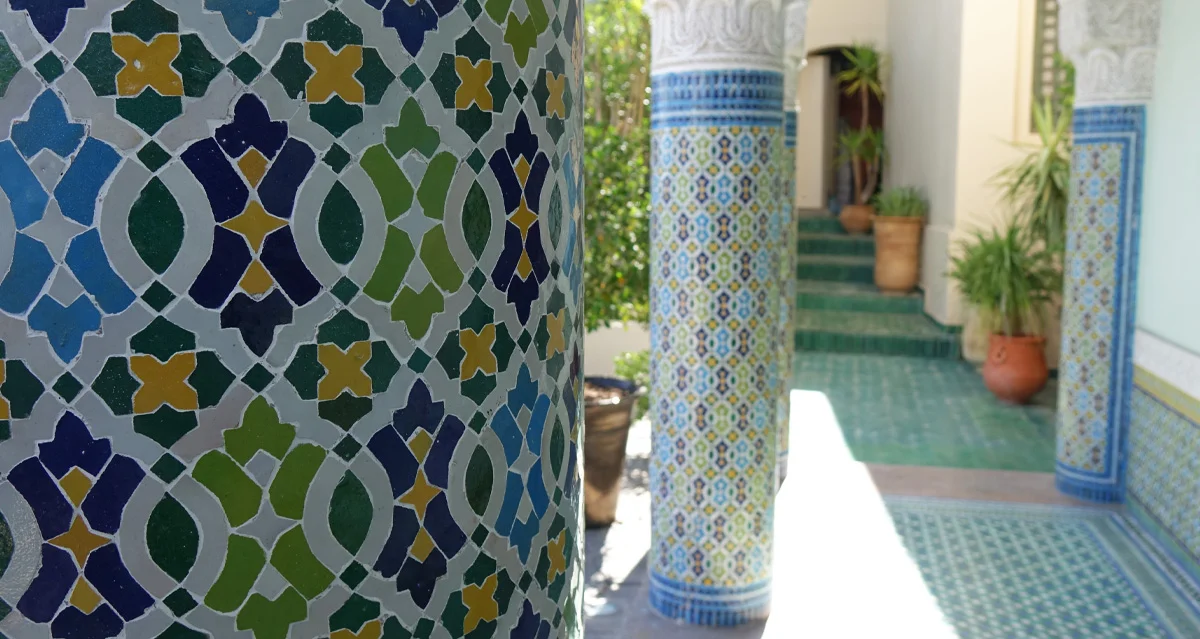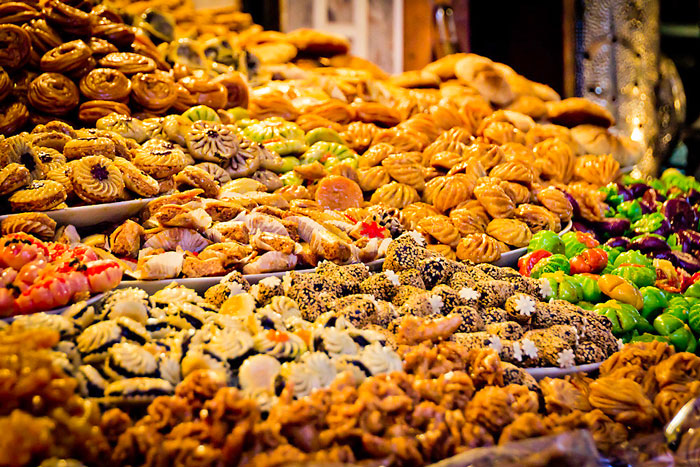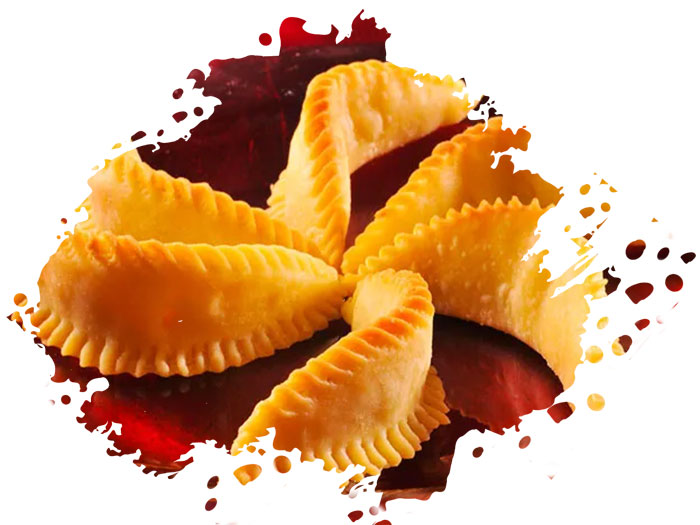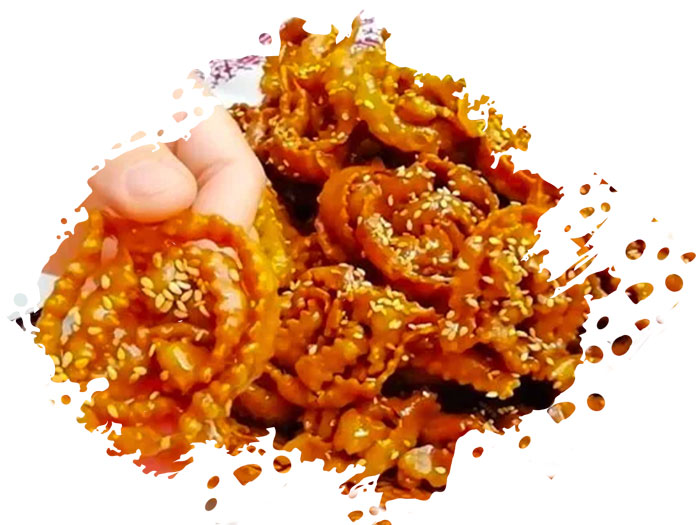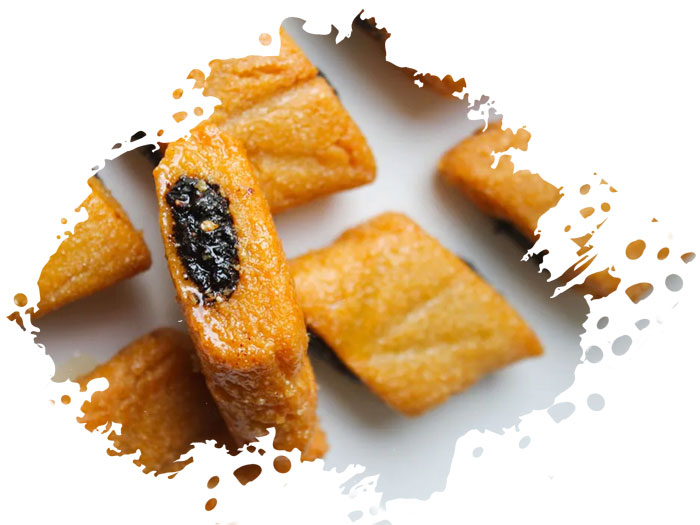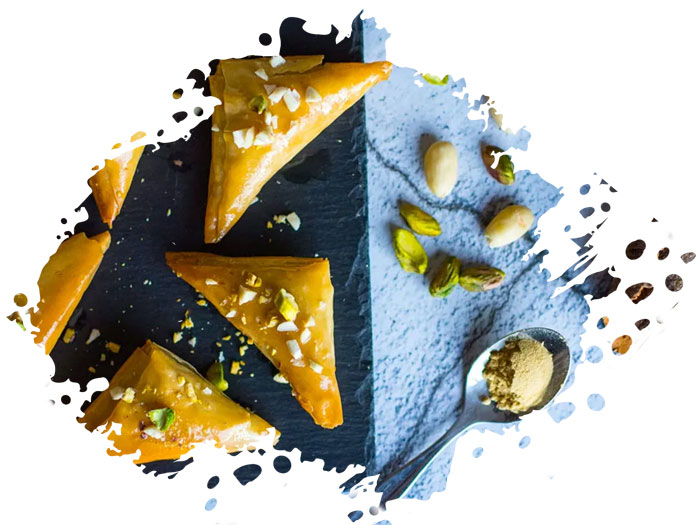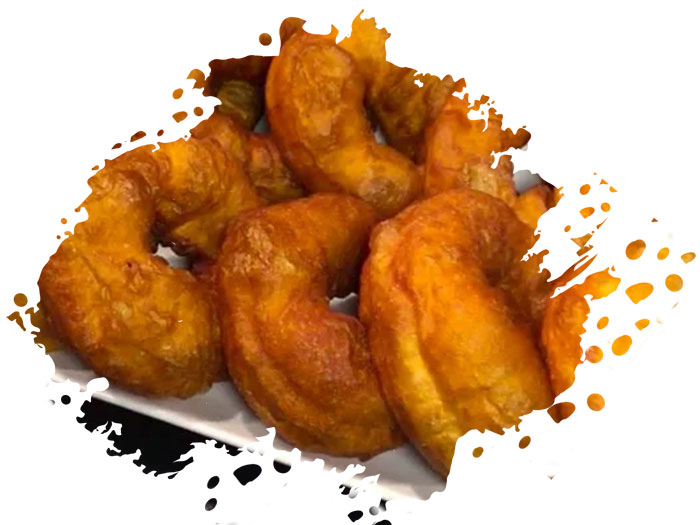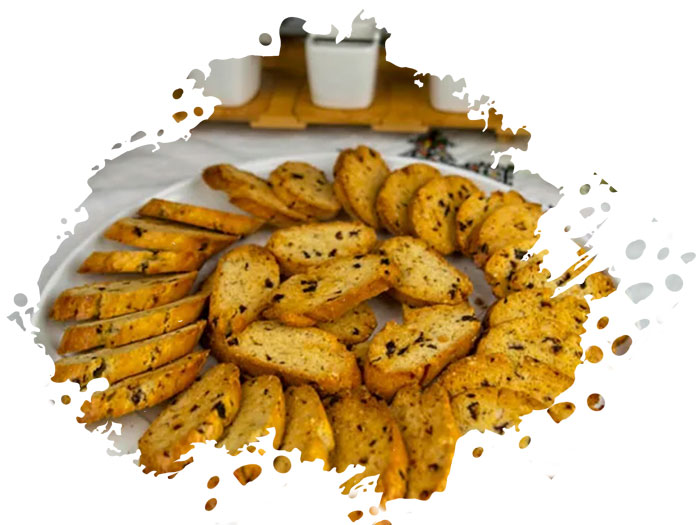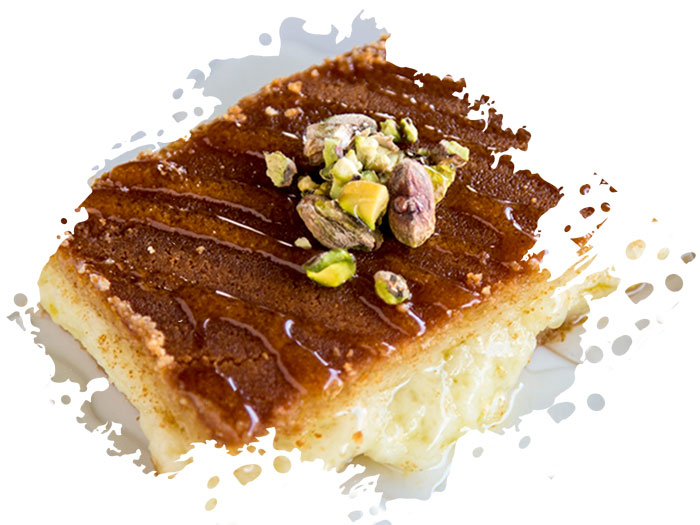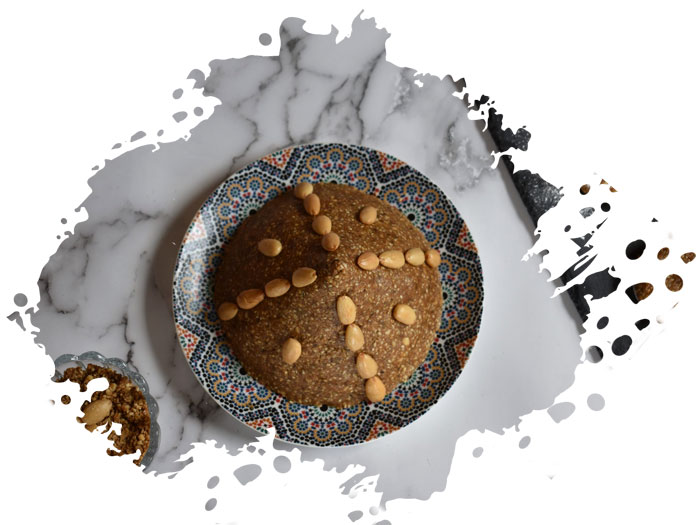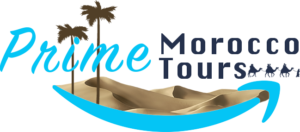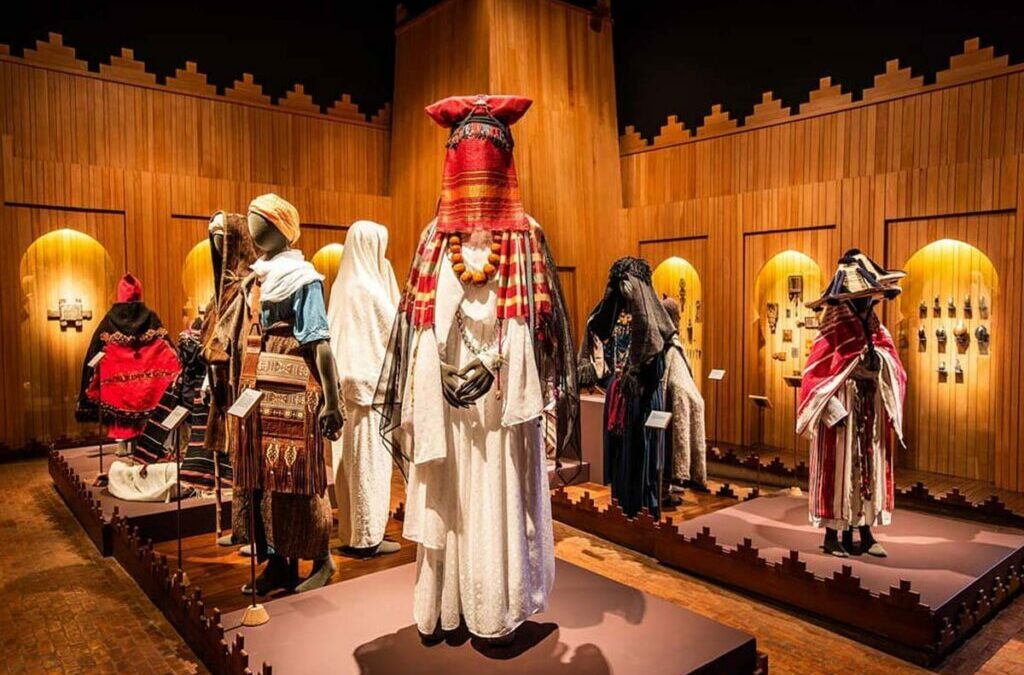
Berber Culture in Morocco: Traditions, Language, and Way of Life
Berber Culture in Morocco: Traditions, Language, and Way of Life
The Berber Culture in Morocco is one of the oldest and most vibrant cultural heritages in North Africa, deeply rooted in the history, landscapes, and daily life of the country. Also known as the Amazigh people, the Berbers have inhabited the Maghreb region for thousands of years, long before the arrival of Arabs, Romans, and other civilizations. Their traditions, language, art, and way of life are still very much alive today, offering travelers a unique window into Morocco’s soul.
From the snow-capped peaks of the montañas del Alto Atlas to the sweeping dunes of the Sahara Desert, Berber communities have adapted to diverse environments, shaping a lifestyle in harmony with nature. Their colorful markets, handwoven carpets, silver jewelry, and storytelling traditions are not just part of their culture—they are living expressions of a history passed down through generations.
Recognized by organizations such as UNESCO for its intangible heritage value, the Berber Culture in Morocco is a fascinating mix of ancient customs and modern resilience. For anyone seeking an authentic travel experience, exploring this culture means stepping into a world where hospitality is sacred, traditions are cherished, and the connection to the land runs deep.
Historical Background of the Berber People
The Berber Culture in Morocco traces its origins back thousands of years, with archaeological evidence showing that Amazigh communities have lived in North Africa since prehistoric times. Long before the Arab expansion in the 7th century, Berbers were the primary inhabitants of the Maghreb, developing their own languages, social structures, and art forms.
Over the centuries, the Berbers interacted with—and often resisted—the influence of various empires, including the Phoenicians, Romans, Byzantines, and later the Arabs. While Islam became a unifying religion after the Arab conquest, Berber tribes maintained a strong sense of identity, blending Islamic practices with their own customs. Many key Moroccan dynasties, such as the Almoravids y Almohads, were of Berber origin, leaving a lasting legacy on the country’s architecture, politics, and cultural heritage.
Today, the Berber identity remains strong, with the Tamazight language officially recognized in Morocco’s constitution. The preservation of Berber history and traditions is supported by cultural initiatives, festivals, and educational programs. According to UNESCO, several elements of Berber heritage—such as the Ahwach y Ahidous dances, are considered part of the world’s intangible cultural treasures.
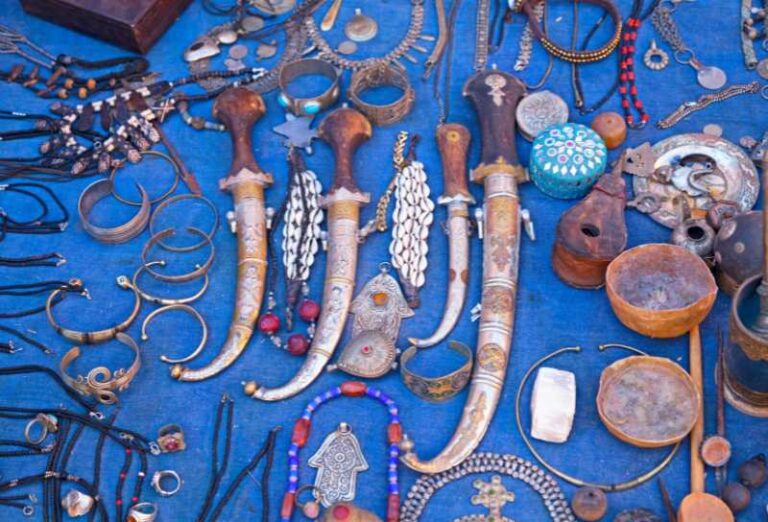
Language and Communication in Berber Communities
Language is one of the most defining elements of the Berber Culture in Morocco. The Amazigh people speak Tamazight, which is not a single language but a family of related dialects spread across different regions. In Morocco, three main varieties are commonly spoken: Tarifit in the north (Rif mountains), Tamazight in the central Atlas, and Tachelhit in the south, particularly in the Anti-Atlas and Souss Valley.
These languages are written using the ancient Tifinagh script, a distinctive alphabet that has been revitalized in recent decades thanks to cultural and educational reforms. Since 2011, Tamazight has been recognized as an official language alongside Arabic, and it is now taught in many Moroccan schools.
In Berber communities, communication is more than just spoken words—it is also expressed through oral traditions, poetry, and storytelling. Epic tales of heroism, love, and migration are passed down from one generation to the next, often performed during festivals or family gatherings. These traditions are not only a way to entertain but also to preserve history and teach moral values.
If you visit rural Amazigh villages, you’ll notice that many locals are multilingual, often speaking Tamazight, Moroccan Arabic (Darija), and sometimes French or Spanish. This linguistic richness makes interactions with visitors warm and engaging, allowing you to connect on a deeper level when exploring Morocco’s diverse regions.
Language and Communication in Berber Communities
Language is one of the most defining elements of the Berber Culture in Morocco. The Amazigh people speak Tamazight, which is not a single language but a family of related dialects spread across different regions. In Morocco, three main varieties are commonly spoken: Tarifit in the north (Rif mountains), Tamazight in the central Atlas, and Tachelhit in the south, particularly in the Anti-Atlas and Souss Valley.
These languages are written using the ancient Tifinagh script, a distinctive alphabet that has been revitalized in recent decades thanks to cultural and educational reforms. Since 2011, Tamazight has been recognized as an official language alongside Arabic, and it is now taught in many Moroccan schools.
In Berber communities, communication is more than just spoken words—it is also expressed through oral traditions, poetry, and storytelling. Epic tales of heroism, love, and migration are passed down from one generation to the next, often performed during festivals or family gatherings. These traditions are not only a way to entertain but also to preserve history and teach moral values.
If you visit rural Amazigh villages, you’ll notice that many locals are multilingual, often speaking Tamazight, Moroccan Arabic (Darija), and sometimes French or Spanish. This linguistic richness makes interactions with visitors warm and engaging, allowing you to connect on a deeper level when exploring Morocco’s diverse regions.
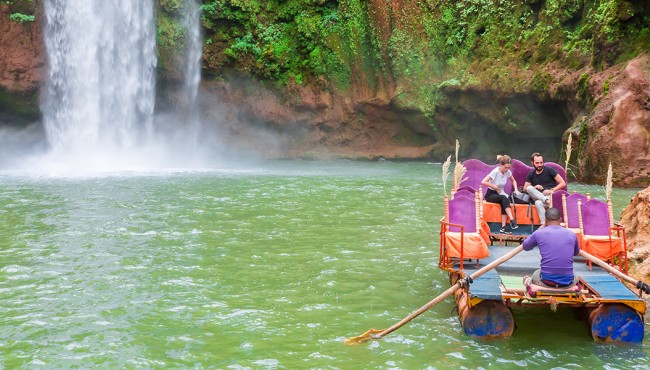
Traditions and Customs of Berber Life
The Berber Culture in Morocco is deeply rooted in traditions that have been passed down through generations, blending ancient customs with the realities of modern life. These traditions are visible in daily routines, celebrations, and the strong sense of community that defines Berber society.
Hospitality as a Way of Life
Hospitality is a cornerstone of Berber values. Guests are treated with great respect and are often welcomed with mint tea, freshly baked bread, and olive oil. In many Berber villages, it’s common for strangers to be invited into homes for a meal, reflecting the belief that sharing food builds trust and friendship.
Celebrations and Festivals
Throughout the year, Berber communities celebrate events that mark agricultural cycles, religious observances, and historic traditions. One of the most famous is the Imilchil Marriage Festival, where tribes gather to arrange marriages and strengthen social ties. These festivals are filled with music, traditional dances like the Ahidous, and colorful attire.
Dress and Adornments
Berber clothing varies depending on the region, but it often features bold patterns and vibrant colors. Women may wear long dresses adorned with silver jewelry and handwoven belts, while men might wear the traditional djellaba or burnous for warmth in the mountains. Jewelry is not only decorative but also symbolic, representing protection and status.
Music and Oral Traditions
Music plays a vital role in preserving Berber heritage. Songs tell stories of love, nature, and history, often accompanied by traditional instruments like the rebab or the bendir. Storytelling remains a cherished practice, with elders passing on legends and wisdom to younger generations.
Craftsmanship
Berbers are renowned for their artisanal skills, producing handwoven carpets, pottery, and intricate silverwork. Each piece often carries symbolic motifs that reflect tribal identity and a connection to the natural world. This craftsmanship is both an artistic expression and an important part of the rural economy.

The Berber Language and Its Preservation
Language is one of the most defining aspects of the Berber Culture in Morocco. Known collectively as Tamazight, the Berber language is actually a group of closely related dialects spoken across Morocco’s mountains, valleys, and deserts.
Dialects Across the Land
Morocco is home to three main Berber dialects, each tied to specific regions and communities. These dialects not only serve as means of communication but also carry centuries of cultural knowledge, oral traditions, and local identity.
- Tarifit: Spoken primarily in the Rif Mountains of northern Morocco, Tarifit connects communities that have historically lived in relatively isolated mountainous areas. This dialect is rich in proverbs, songs, and storytelling traditions that reflect the daily life, struggles, and resilience of the Rif’s people. Visitors exploring this region can hear Tarifit spoken in markets, local gatherings, and during festivals, giving a unique insight into northern Berber culture.
- Tamazight: Predominant in the Middle Atlas region, Tamazight is spoken in towns and villages that dot the mountainous landscape. This dialect reflects the diversity of the central Berber communities and is often used in schools and cultural programs to preserve local heritage. Travelers in the Middle Atlas can experience Tamazight through interactions with villagers, cultural workshops, and traditional performances that showcase the region’s music and oral storytelling.
- Tachelhit: Common in the High Atlas Mountains and the Souss Valley, Tachelhit is known for its melodic pronunciation and rich oral literature. It is the most widely spoken Berber dialect in southern Morocco, linking communities that are deeply connected to both the mountains and the desert fringes. Visitors to areas like the Anti-Atlas, Taroudant, and surrounding valleys can hear Tachelhit in daily life, during market activities, and in traditional songs and dances, making it an essential part of the southern Berber experience.
- Each dialect carries not only linguistic features but also cultural nuances, including unique expressions, proverbs, and storytelling methods. By understanding and listening to these dialects, travelers gain deeper appreciation of the Berber Culture in Morocco, its history, and its ongoing role in modern Moroccan society.
While each has its own nuances, they share linguistic roots and cultural expressions that unite Berber identity.
A Language with Ancient Roots
The Berber language traces its origins back thousands of years, making it one of the oldest living languages in North Africa. It’s written in the Tifinagh script, a beautiful and symbolic alphabet that has been used since ancient times.
Preservation and Revival
For decades, Berber language and culture faced marginalization. However, recent efforts by the Moroccan government, local associations, and cultural activists have revitalized its use. In 2011, Tamazight was officially recognized as an official language of Morocco alongside Arabic, marking a major milestone in cultural preservation (source: Moroccan Constitution 2011).
Education and Media
Today, Berber is increasingly taught in schools, broadcast on national television channels, and used in official signage. This visibility strengthens cultural pride and ensures that younger generations maintain a connection to their heritage.
Why Language Matters
Language is not just a means of communication—it’s a vessel for history, identity, and worldview. For the Berbers of Morocco, speaking Tamazight is a way to preserve the soul of their traditions while adapting to a changing world.
The Berber Way of Life: Harmony with Nature
One of the most fascinating aspects of the Berber Culture in Morocco is the deep connection between the people and their environment. For centuries, Berber communities have adapted to Morocco’s diverse landscapes—from the snow-capped peaks of the Atlas Mountains to the arid expanses of the Sahara—by developing sustainable ways of living that respect the land.
Agriculture and Seasonal Rhythms
In mountain villages, agriculture remains the heart of daily life. Terraced fields carved into steep slopes produce barley, wheat, olives, and figs. The changing seasons dictate farming activities, with planting, harvesting, and festivals all tied to the agricultural calendar. This cycle reflects a harmonious balance between human needs and nature’s rhythms.
Pastoral Traditions
Nomadic and semi-nomadic Berbers, especially in the desert and high plateau regions, have long relied on livestock herding—goats, sheep, and camels. These practices are more than economic; they are cultural traditions passed down through generations, shaping family roles, migration routes, and community gatherings.
Sustainable Living Practices
The Berber approach to architecture is a prime example of living in harmony with nature. Homes are often built from local materials—adobe, clay, and stone—that naturally regulate temperature and blend seamlessly into their surroundings. This eco-friendly tradition has endured for centuries and remains relevant in today’s discussions about sustainable tourism and environmental responsibility.
Craftsmanship Rooted in the Land
Berber artisans create rugs, pottery, and jewelry that reflect the colors and textures of their environment. The dyes used in textiles often come from plants, minerals, or natural pigments, further demonstrating a lifestyle that integrates artistry with ecological awareness.
A Philosophy of Coexistence
For the Berbers, the land is not just a resource but a partner in life. This worldview, shaped by centuries of living in challenging yet beautiful landscapes, fosters resilience, self-reliance, and a profound respect for nature—values that continue to inspire visitors seeking authentic and sustainable experiences in Morocco.

Berber Cultural Celebrations and Festivals
The Berber Culture in Morocco is not only about traditions and daily life—it’s also about vibrant celebrations that bring color, music, and joy to towns and villages throughout the year. These festivals are more than entertainment; they are a living expression of Berber identity and community spirit.
Imilchil Marriage Festival
Perhaps the most famous Berber celebration, the Imilchil Marriage Festival takes place in the Atlas Mountains each September. Rooted in legend, this gathering was traditionally an occasion for young men and women from different tribes to meet and choose a spouse. Today, it has evolved into a colorful cultural fair featuring traditional music, dance, crafts, and livestock markets.
Moussem of Tan-Tan
Recognized by UNESCO as part of the world’s intangible cultural heritage, this annual gathering in southern Morocco celebrates the nomadic heritage of Berber and Sahrawi tribes. Expect camel parades, storytelling, and demonstrations of ancestral skills such as tent-making and weaving.
Almond Blossom Festival in Tafraoute
Each February, the town of Tafraoute in the Anti-Atlas Mountains bursts into pink and white hues during the almond blossom season. This festival blends natural beauty with music, dance, and artisanal markets, drawing visitors from across Morocco and beyond.
Yennayer – Berber New Year
Yennayer, the Amazigh New Year, is celebrated in January according to the Berber agricultural calendar. Families prepare special dishes, such as couscous with seven vegetables, and communities host concerts, dances, and poetry readings to honor their shared heritage.
The Spirit of Celebration
What makes these festivals special is the sense of belonging they foster. They are opportunities for Berbers to pass on traditions, strengthen community ties, and welcome visitors into their world. For travelers, joining a local festival offers a rare and authentic glimpse into Morocco’s living heritage.
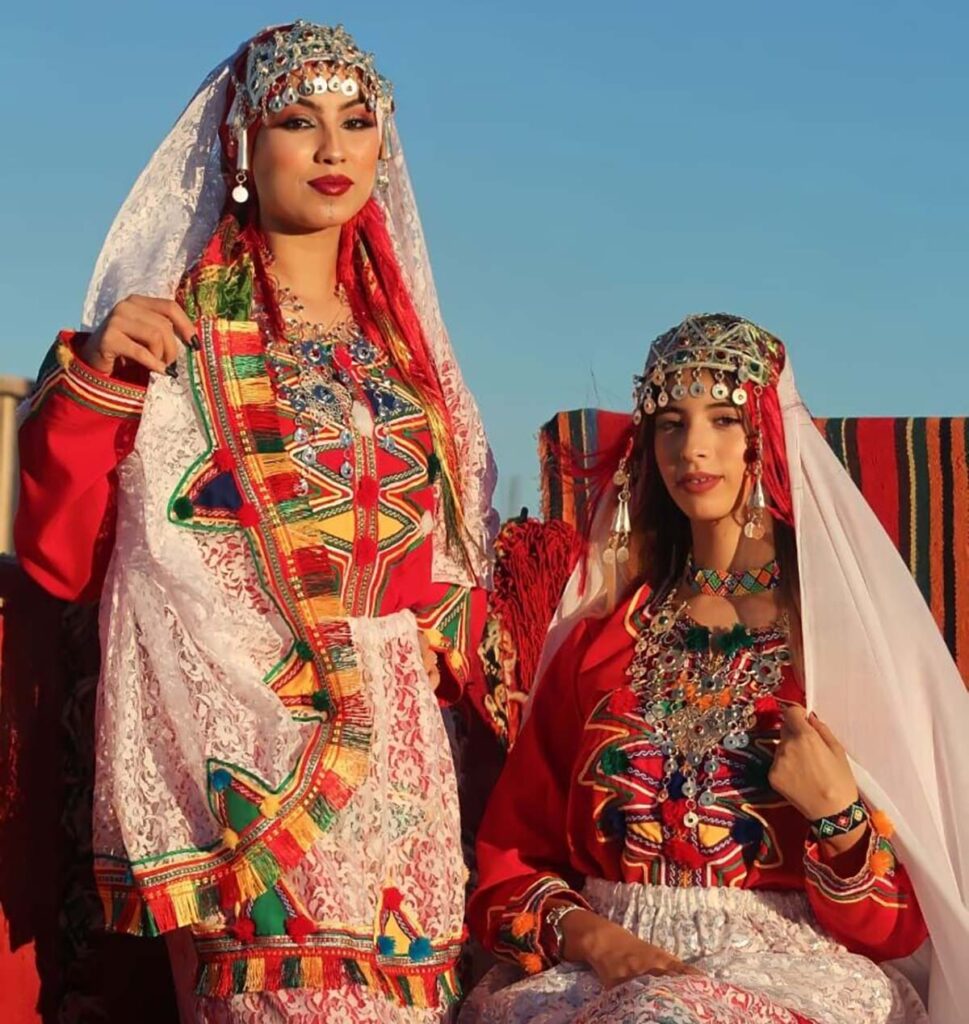
Experiencing Berber Culture as a Traveler
If you want to truly understand the Berber Culture in Morocco, you need to go beyond sightseeing and actively engage with the people, traditions, and landscapes that shape this heritage. Here’s how you can do it respectfully and meaningfully:
1. Stay in a Berber Guesthouse or Riad
Opt for locally owned accommodations in villages of the Atlas Mountains or the Anti-Atlas. Many Berber families open their homes to visitors, offering not just a place to sleep but a chance to share meals, stories, and traditions. This supports the local economy and ensures your money benefits the community directly.
2. Join Traditional Workshops
Many towns like Tafraoute, Aït Bouguemez, or Tinghir offer hands-on workshops where you can learn pottery, weaving, or cooking from Berber artisans. Not only will you gain a new skill, but you’ll also understand the time, patience, and artistry behind each craft.
3. Hike with Local Guides
Whether exploring the High Atlas, the Sahara fringes, or remote valleys, hiring a Berber mountain or desert guide enriches your journey. These guides share legends, point out medicinal plants, and introduce you to people you’d never meet on your own.
4. Participate in Seasonal Celebrations
If your trip coincides with a local moussem or harvest festival, ask your hosts if you can join. Being present during these events allows you to witness the unity, music, and joy that are the heartbeat of Berber society.
5. Learn Key Phrases
Even a few words in Tamazight, the Berber language, can break the ice and bring a smile. Phrases like Azul (hello) or Tanemmirt (thank you) show genuine interest in the culture.
6. Respect Local Customs
Dress modestly in rural areas, ask before taking photos, and show sensitivity to religious or cultural traditions. Respect goes a long way in making your experience positive for both you and your hosts.
By traveling this way, you’re not just a visitor—you become part of an exchange where you give and receive cultural richness.
Plan Your Journey into Berber Culture
Exploring the Berber Culture in Morocco offers an unforgettable glimpse into a world where history, tradition, and nature intertwine. From vibrant festivals to ancient crafts, every encounter allows you to connect deeply with Morocco’s heritage.
To make the most of your experience, consider reaching out to local travel experts who can guide you through authentic Berber villages, organize cultural workshops, and ensure your journey is both enriching and respectful.
For more information and to start planning your immersive Moroccan adventure, you can contact Viajes a Marruecos Prime today. Their team can help you create a personalized itinerary that highlights the beauty and richness of Berber life, while also providing practical travel support.
Embark on a journey that goes beyond sightseeing, immerse yourself in the Berber Culture in Morocco and take home memories that last a lifetime.
CELEBRATE WITH THE BERBER COMMUNITY
Our local Berber guides ensure meaningful, ethical interactions. Support community-based tourism while gaining unparalleled access to traditions, homes, and landscapes.
